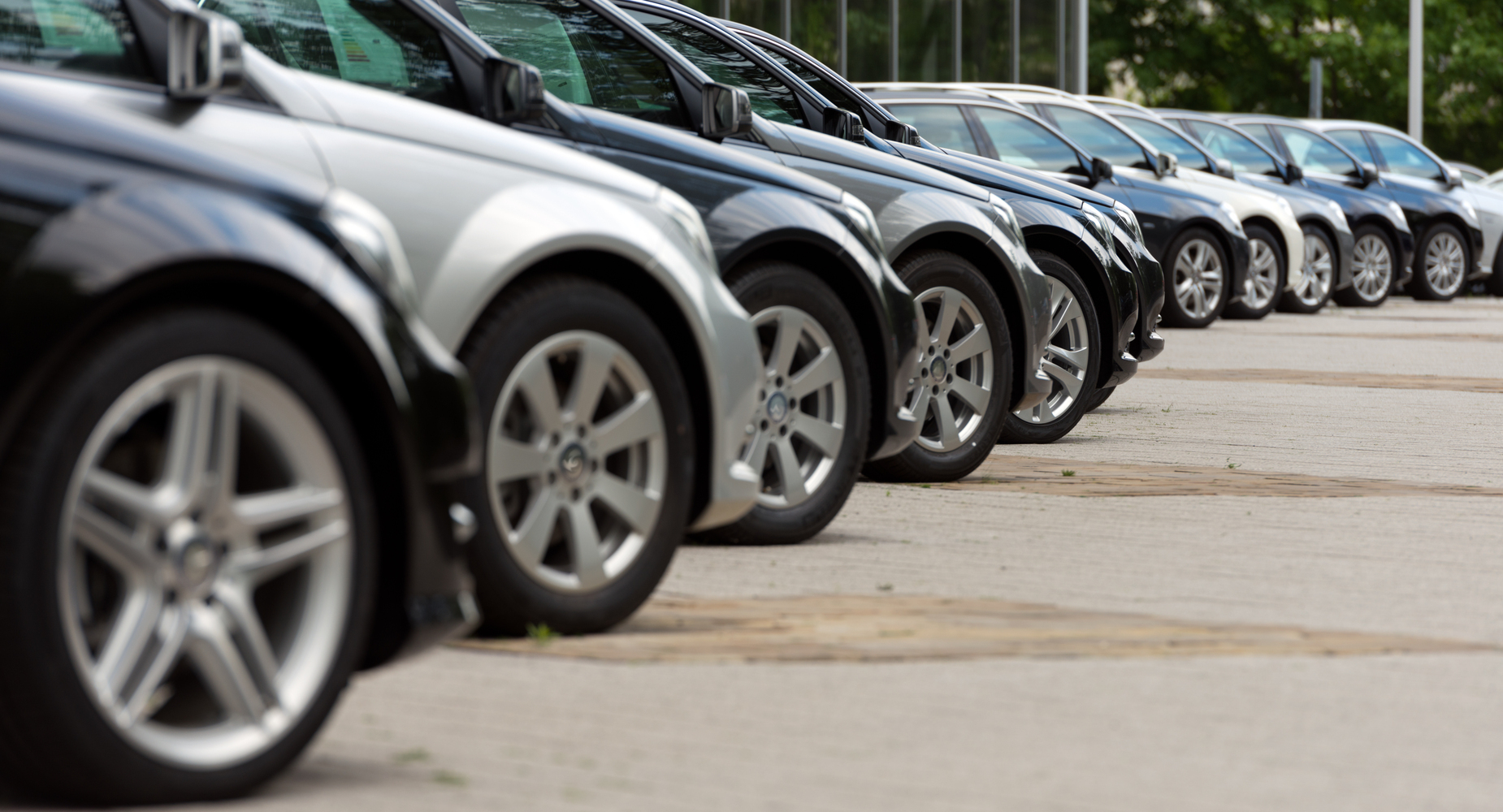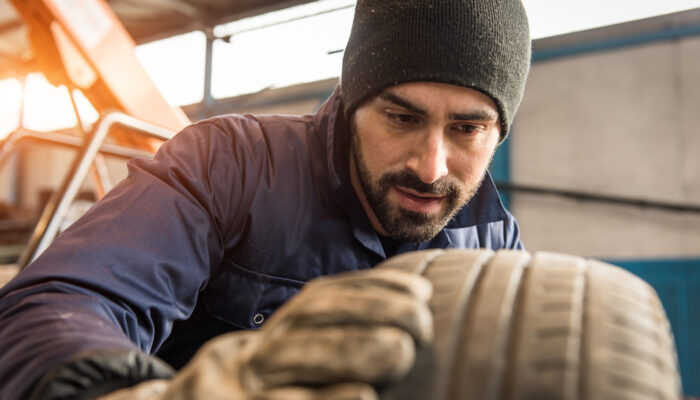
Factors to Consider Before Buying New vs. Used Cars
One of the top money-saving tips is to never buy a new car. New cars lose value in the first two years of purchase. Buying late-model used cars, on the other hand, costs as much as 20% less. This doesn’t tell the entire story, since used cars have their own set of issues. In real life, there are a whole lot of factors when it comes to deciding between new or used cars.
These are listed below:
1. Purchase costs
Here, the clear winner is used cars, with price being the biggest argument in their favor. Buyers can get a 3–4-year-old used car for less than 50% the price of an average new car. That being said, purchase costs only show how much the car costs to buy, not own, which includes everything from the purchase price to depreciation, insurance, repairs, maintenance, interest payments, and more. According to a Consumer Reports article, the longer a car is kept before trading it in, the less it costs every year to own. So, if one keeps their car till the very end, the cost/year is so low that there is no benefit of buying a used car for them.
2. Insurance costs
This factor between buying new vs. used cars is a toss-up between the two. According to Consumer Reports, around 10% of the total amount one pays over five years to own a new car helps line the pockets of the insurance company. While it is true that new cars are more expensive to insure than used ones, new cars have many things going for them which tend to make their insurance rates lower.
These include:
- Safety features
New cars with the latest safety features – airbags, traction control, anti-lock brakes, traction control – are more appealing to insurers. Not only do new cars have better chances of avoiding accidents but also, in case of accidents, the passengers have better chances of escaping serious injuries, leading to lesser insurance payouts.
- Theft cases
Surprisingly, popular used car models are more appealing to car thieves as opposed to new cars as it is easy for them to strip the former down and sell it for parts. Newer cars have more sophisticated anti-theft tech, making newer cars cheaper to insure.
- Cost of parts
Discontinued vintage cars are hard to find replacement parts for, making repairs and, in turn, claims more costly and expensive.
3. Reliability and features
New cars are more reliable due to their newness, warranties, tech, features and more. With lower maintenance costs for the first several thousand miles, new cars tend to be easier to maintain. Also, the longer the car is kept, the higher the maintenance figure becomes. Also, buyers get to choose a feature set for their new car, including model, paint color, and more. When it comes to used cars, choices become limited.
A great compromise is to go in for certified used cars, offering a compromise between the improved reliability of a new car and the lower price of a used one – making them the best of both.



